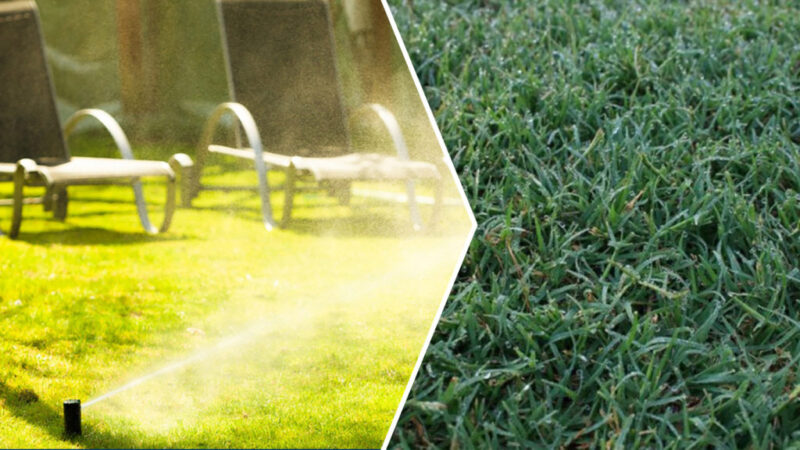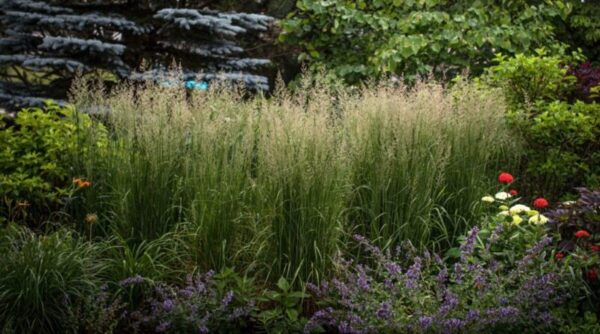To effectively banish crabgrass from your lawn, timing your pre-emergent herbicide application in the spring is crucial. Crabgrass is an annual weed that germinates from seeds each year, usually in the late spring or early summer when soil temperatures reach around 55 to 60 degrees Fahrenheit (13 to 16 degrees Celsius). To prevent crabgrass from germinating, you need to apply a pre-emergent herbicide before the seeds have a chance to sprout.
Here are the steps you can follow to time your pre-emergent herbicide application correctly in the spring:
1. Monitor Soil Temperature:
Invest in a soil thermometer to monitor the soil temperature. Crabgrass seeds typically germinate when soil temperatures consistently reach the 55 to 60 degrees Fahrenheit (13 to 16 degrees Celsius) range.
2. Know Your Region:
Understand the climate in your region. Different areas have different crabgrass germination periods based on local climate patterns. You can consult with local gardening centers or agricultural extensions to get precise information about the ideal timing in your area.
3. Spring Cleanup:
Begin by cleaning up your lawn. Remove debris, thatch, and dead grass to ensure that the pre-emergent herbicide comes into direct contact with the soil.
4. Application Timing:
Apply the pre-emergent herbicide before the soil temperature reaches the threshold for crabgrass germination. This timing is critical. If you apply it too early, it may lose its effectiveness before the end of the crabgrass germination period. If you apply it too late, crabgrass seeds might have already germinated.
5. Follow Product Instructions:
Read and follow the instructions on the pre-emergent herbicide package carefully. Different products have different application rates and methods. Applying the right amount is essential for effectiveness and to avoid damaging your lawn.
6. Watering In:
Water your lawn after applying the herbicide. This helps in activating the herbicide and ensures it reaches the soil where crabgrass seeds are present.
7. Post-Emergent Control:
If you miss the ideal timing for pre-emergent herbicide application and crabgrass has already sprouted, you may need to use post-emergent herbicides to control the weeds. Make sure to choose a product that specifically targets crabgrass.
8. Regular Lawn Maintenance:
Proper lawn care practices, such as regular mowing, watering, and fertilizing, can also help in preventing crabgrass by promoting a healthy, thick lawn that leaves little room for weeds to grow.
By carefully timing your pre-emergent herbicide application and following these steps, you can significantly reduce or eliminate crabgrass in your lawn. Remember, consistency in lawn maintenance is key to long-term weed control.





